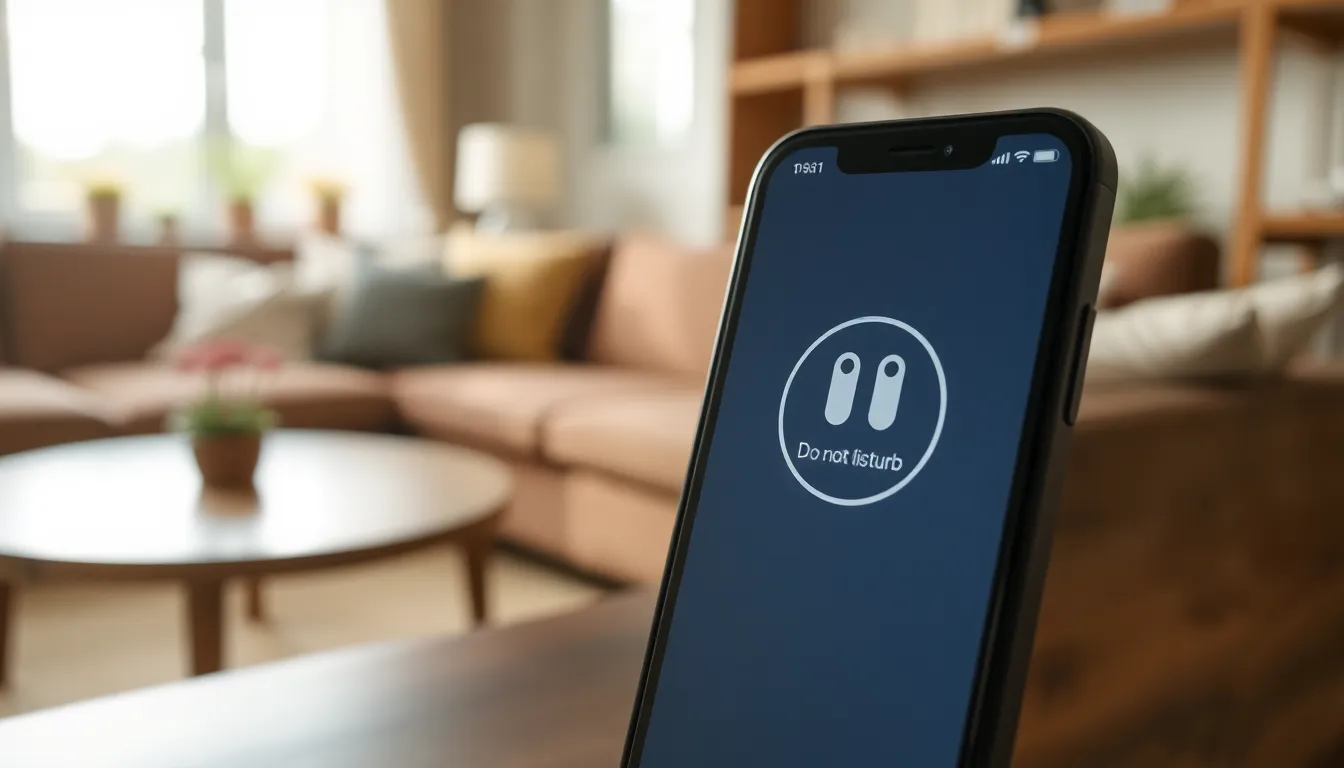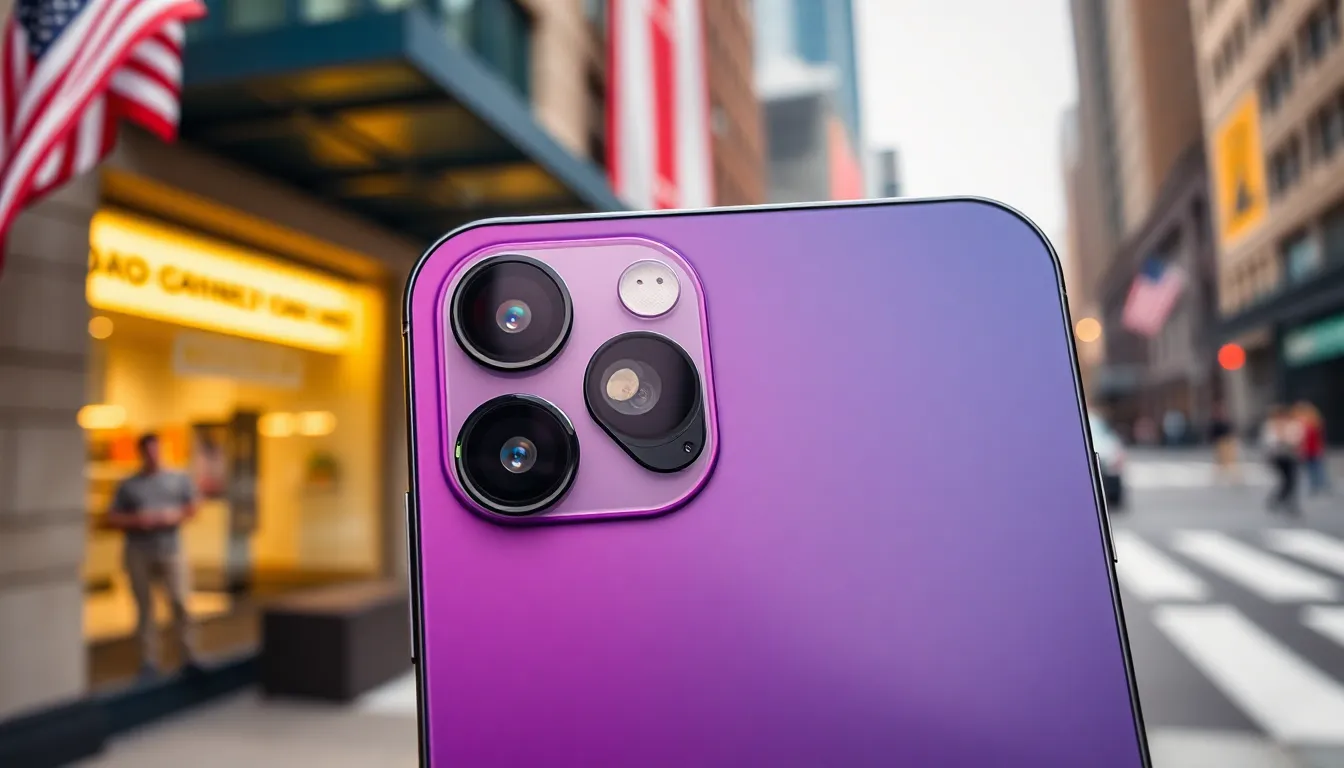Is your iPhone playing hard to get? If it’s sending calls straight to voicemail faster than you can say “Hey Siri,” you’re not alone. Many users find themselves scratching their heads, wondering why their trusty device seems to have developed a sudden aversion to ringing.
Table of Contents
ToggleUnderstanding Voicemail Issues
Voicemail issues on an iPhone can stem from several sources. Network problems often disrupt call connections, leading calls straight to voicemail. Strong signal strength is crucial; without it, an iPhone may not receive calls properly.
Settings might also play a significant role. Users may accidentally enable “Do Not Disturb,” sending all incoming calls to voicemail. Checking the Do Not Disturb setting ensures no calls get missed inadvertently.
Another factor involves carrier settings. Outdated carrier settings can affect call functionality. Regularly updating these settings helps maintain optimal performance and connectivity.
Blocked numbers present another challenge. If a caller’s number is blocked, the iPhone diverts their calls to voicemail. Reviewing the blocked contacts can clarify who may be unintentionally filtered out.
Voicemail reliability depends on storage capacity too. If the voicemail inbox is full, new calls might go directly to voicemail. Periodically checking and managing voicemail storage prevents this from happening.
Lastly, software glitches occasionally cause voicemail issues. Restarting the device often resolves minor software-related problems. Performing regular updates ensures the iPhone runs the latest software version, which enhances overall performance.
Identifying the root cause of voicemail issues can significantly improve call reception. Whether adjusting settings or managing inbox capacity, users can take steps to address these concerns.
Common Reasons for Voicemail Activation

Several factors can cause an iPhone to send calls directly to voicemail. Understanding these reasons can help users resolve the issue quickly.
Network Connectivity Problems
Weak network signals disrupt incoming calls. Poor signal strength leads to dropped connections, sending calls straight to voicemail. If a user experiences frequent interruptions, checking the signal indicator is crucial. In areas with low coverage, users should consider moving to a different location to see if connection improves. Additionally, resetting network settings may help restore connectivity and prevent voicemail issues.
Do Not Disturb Mode
Enabling the Do Not Disturb mode silences all incoming calls and sends them directly to voicemail. Users can easily overlook this setting, causing missed calls. To check if Do Not Disturb is active, users should access the settings and look for a crescent moon icon. If the mode is turned on, calls will not ring. Turning off Do Not Disturb ensures that calls ring through as expected.
iPhone Settings to Check
Checking specific settings on the iPhone can reveal common causes for calls going directly to voicemail. Addressing these configurations often resolves the issue.
Call Forwarding Settings
Reviewing call forwarding settings is essential. Turn on “Call Forwarding” if necessary, or disable it to prevent missed calls. Access this feature under Settings, then select Phone. If it’s enabled, incoming calls might route to another number, explaining the lack of ringing. Users should ensure that forwarding options are set correctly. Adjusting these settings can lead to improved call reception.
Silence Unknown Callers
Disabling the “Silence Unknown Callers” feature may help in receiving more calls. When activated, it sends calls from numbers not saved in the contacts directly to voicemail. Access this setting through Settings, then Phone, and toggle off the feature if it’s on. This adjustment allows calls from unknown numbers, reducing the chances of missing calls due to this setting. Regularly checking this can ensure better call accessibility.
Troubleshooting Steps
Addressing voicemail issues on an iPhone requires systematic troubleshooting. Users can follow these essential steps to resolve the problem.
Restart Your iPhone
Restarting an iPhone can often fix minor glitches. Users should hold the power button until the “slide to power off” option appears, then slide to turn off the device. After waiting for about 30 seconds, turning the phone back on can refresh the system. This simple action clears temporary files and resets network connections, which may improve call reception. It’s a quick fix that often resolves ongoing issues, making it a first step in troubleshooting calls going to voicemail.
Update iOS
Keeping iOS up to date is crucial for optimal performance. Users can check for updates by navigating to Settings, selecting General, and tapping Software Update. If an update is available, downloading and installing it can fix bugs that disrupt call functionality. Such updates often include important improvements that enhance signal reliability and overall device performance, which might prevent calls from being sent to voicemail. Remaining current with iOS updates provides better security and enhanced features, contributing to an improved calling experience.
When to Contact Your Carrier
Contacting your carrier becomes necessary when troubleshooting fails to resolve the issue of calls going directly to voicemail. Agents can assist with network-related problems that affect call functionality, so reaching out may provide insights. It’s essential to inquire about any outages in the area that could impact service quality.
When users experience persistent issues, they should consider describing the problem in detail to the carrier. Carriers often have diagnostic tools to track service disruptions and identify specific problems with accounts. A simple explanation of missed calls and voicemail issues can help the representative find a solution quickly.
In situations where previous troubleshooting steps haven’t worked, verifying account settings becomes crucial. Account issues may include restrictions on the line that prevent incoming call notifications. Carriers can clarify whether plans include features that may lead to calls going unanswered.
It’s also advisable to ask about any ongoing promotions or updates that could affect service. Updating account settings or confirming that all features are functioning properly might resolve the issue. Confirming everything is set correctly ensures no technical restrictions are interfering with calls.
Finally, if the problem persists even after contacting the carrier, exploring what’s available with device-specific support may provide additional solutions. Consulting authorized support can help users navigate complex issues that stem from the device itself. Ultimately, persistent voicemail issues often require a collaborative approach between the user and their carrier.
Addressing the issue of iPhones sending calls to voicemail can significantly enhance communication reliability. Users can take actionable steps to troubleshoot and resolve the problem effectively. By checking settings like “Do Not Disturb” and ensuring carrier settings are up to date, they can prevent missed calls.
If issues persist despite these efforts, reaching out to the carrier is essential for further assistance. A collaborative approach often leads to a resolution. With the right strategies in place, users can regain confidence in their iPhone’s ability to receive calls without unnecessary interruptions.






